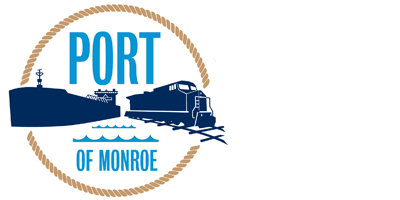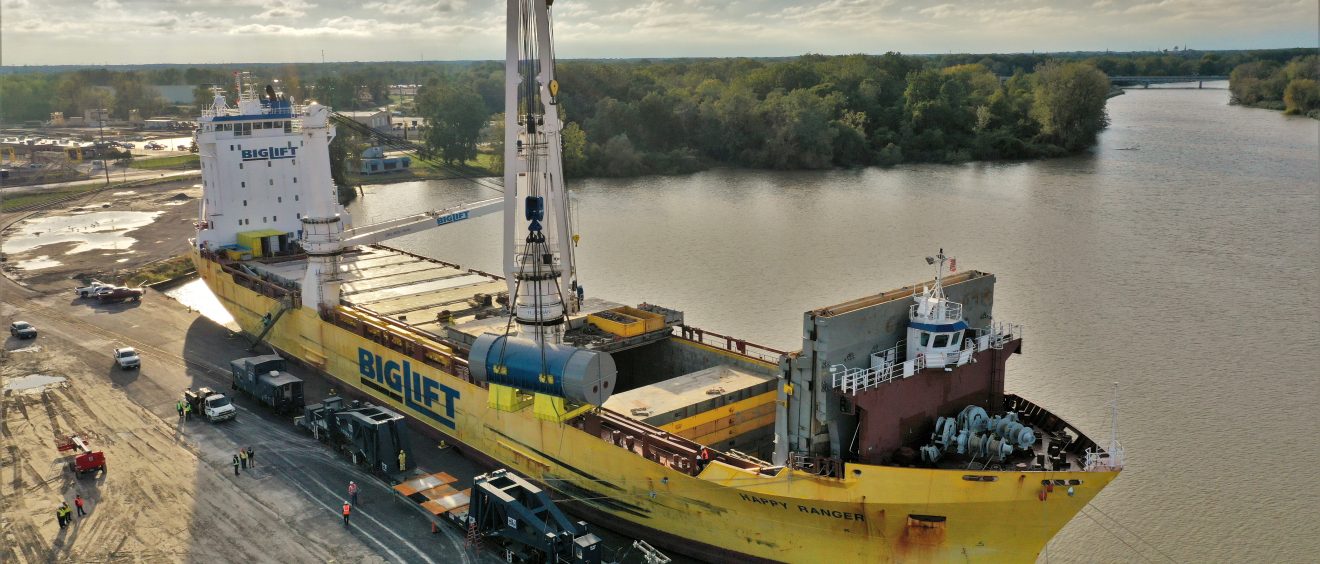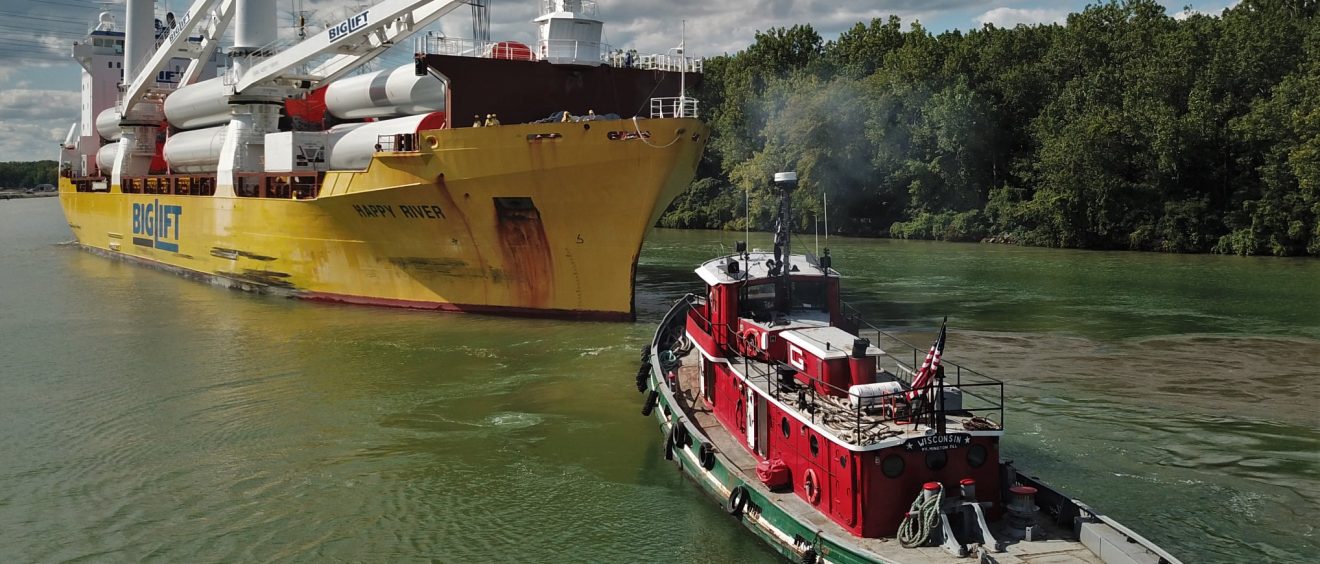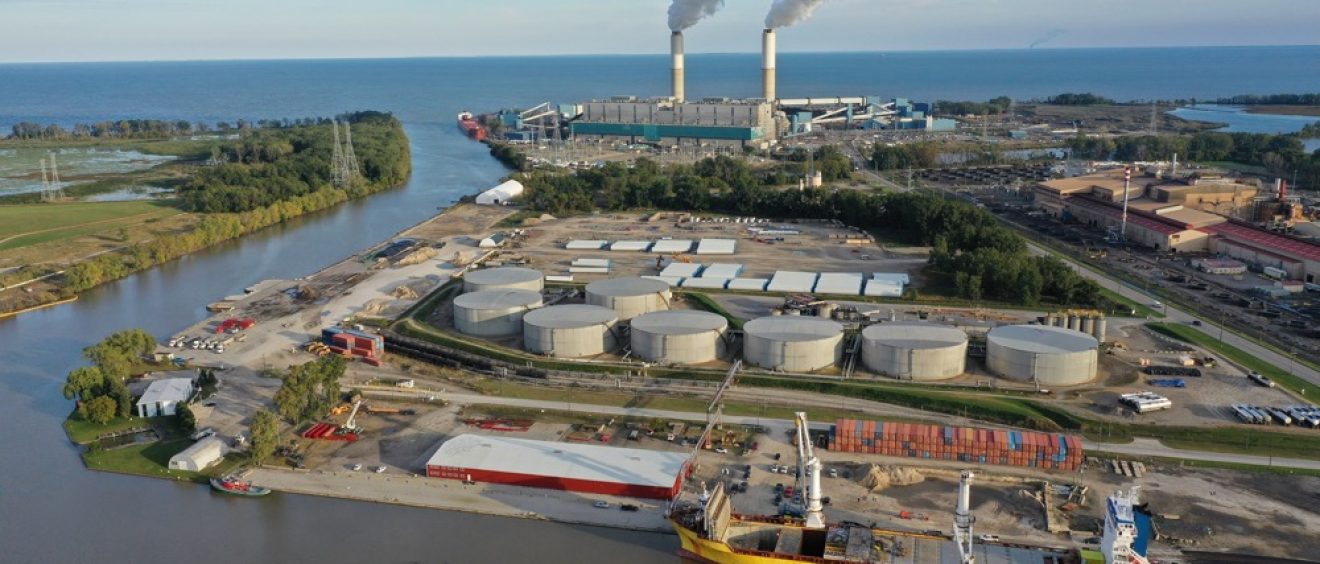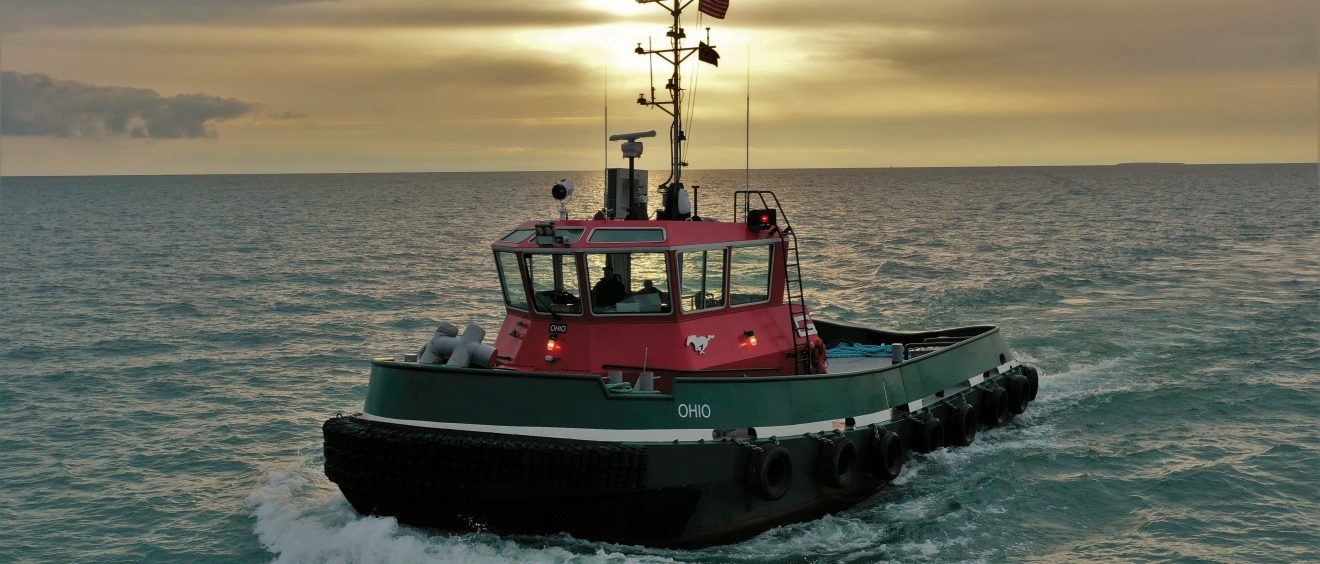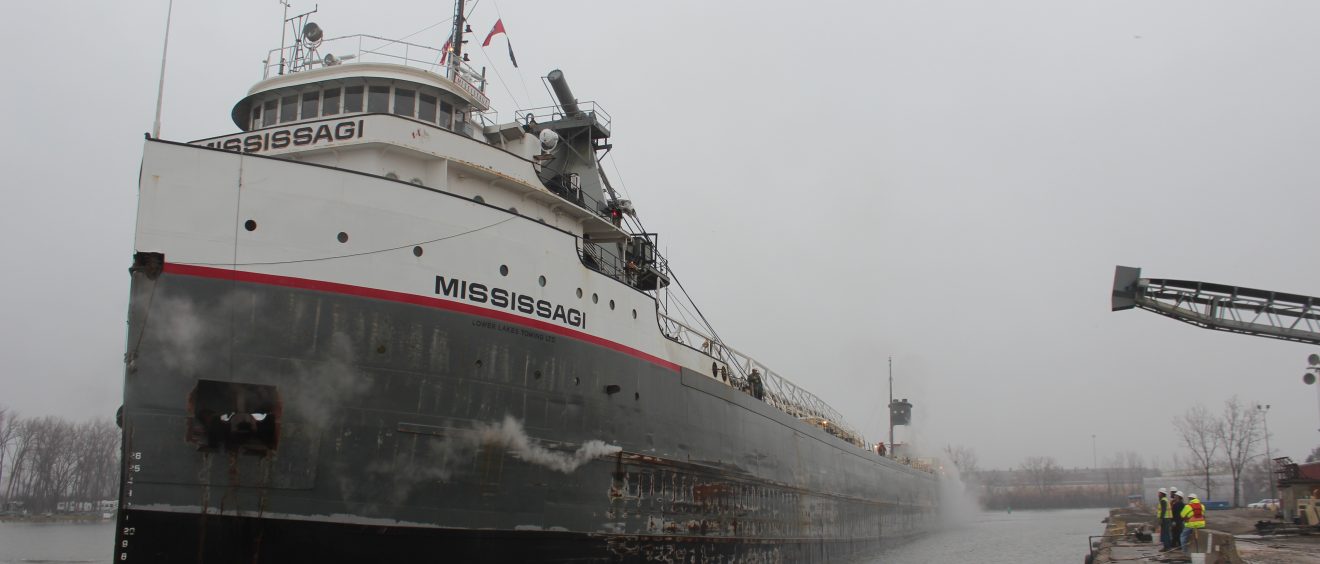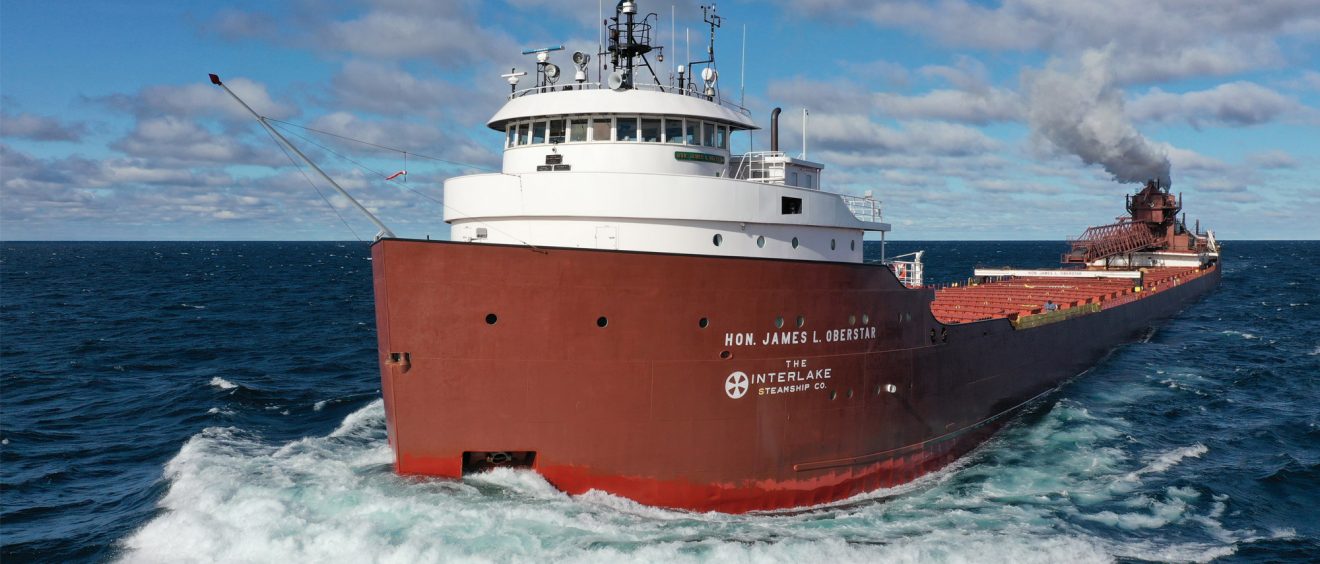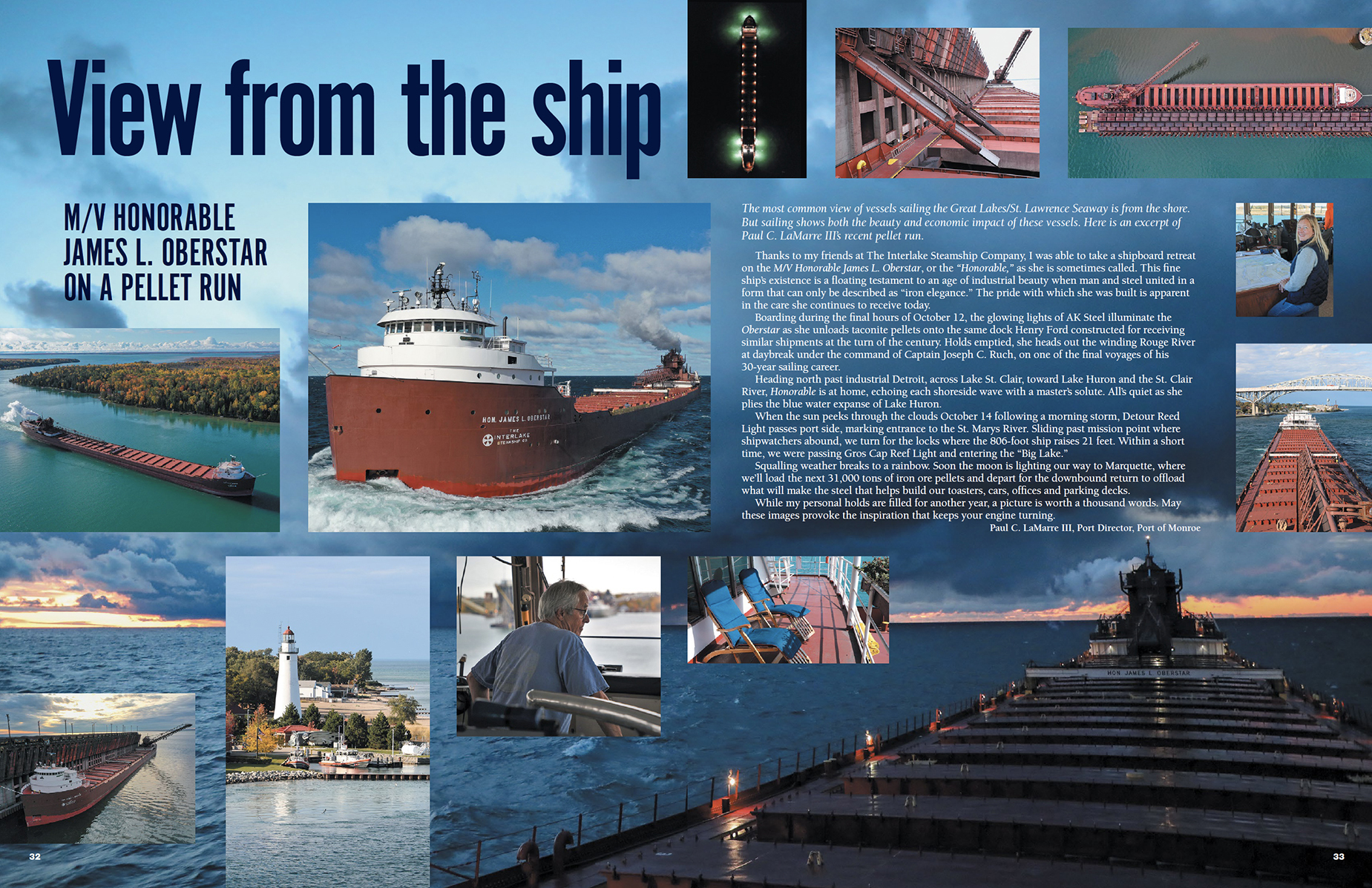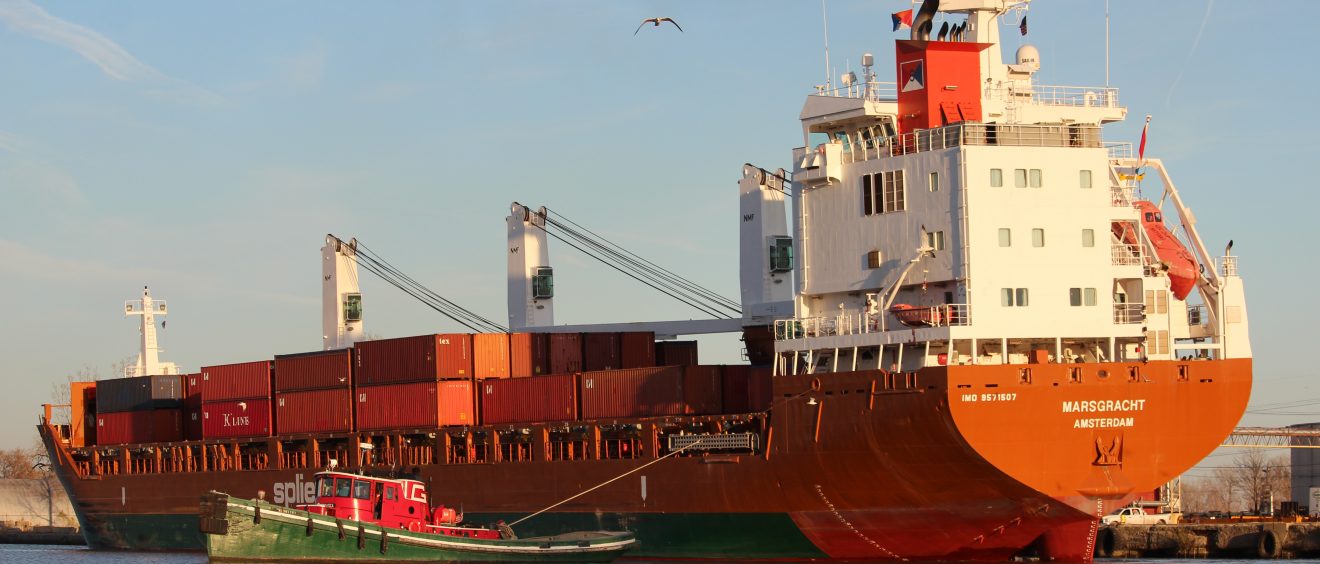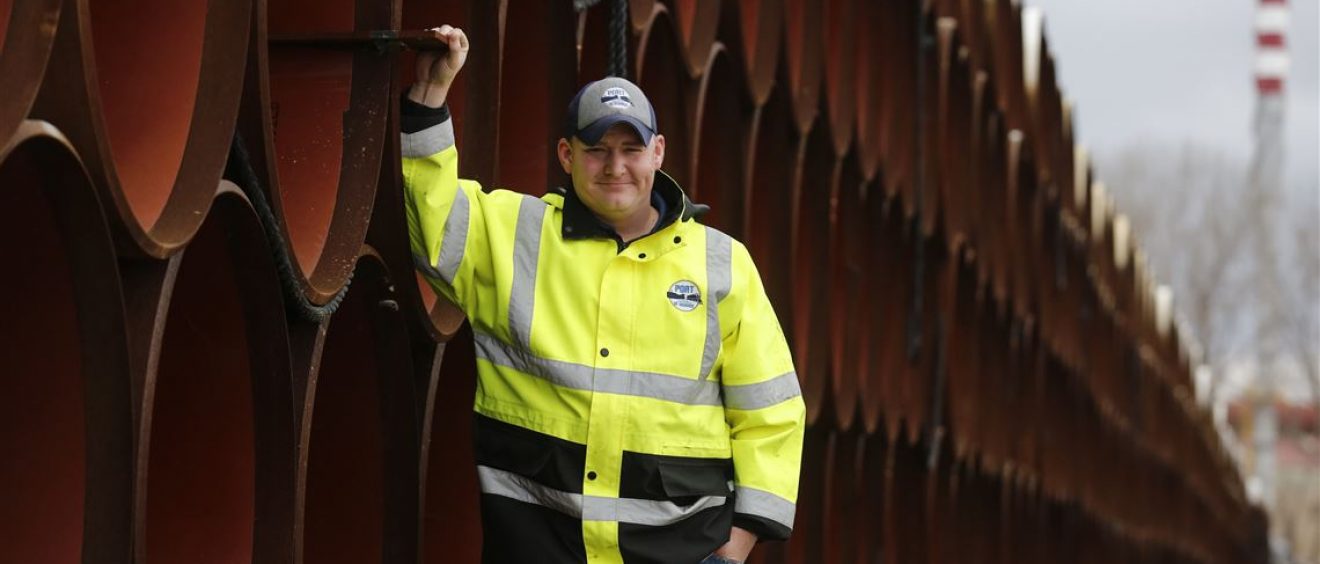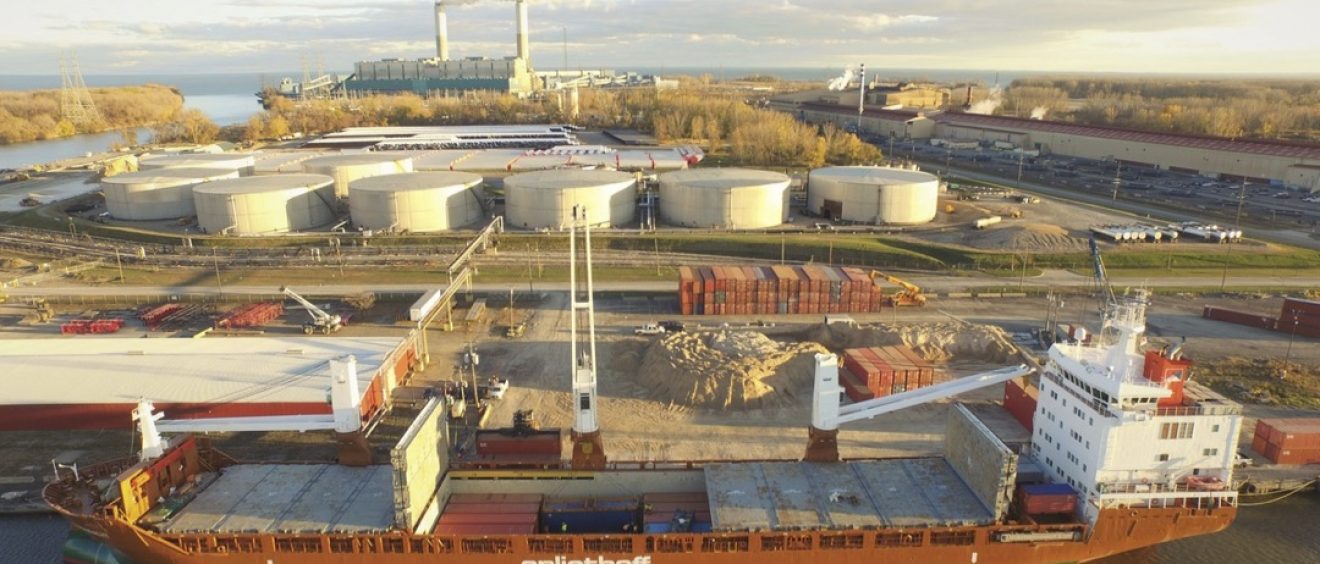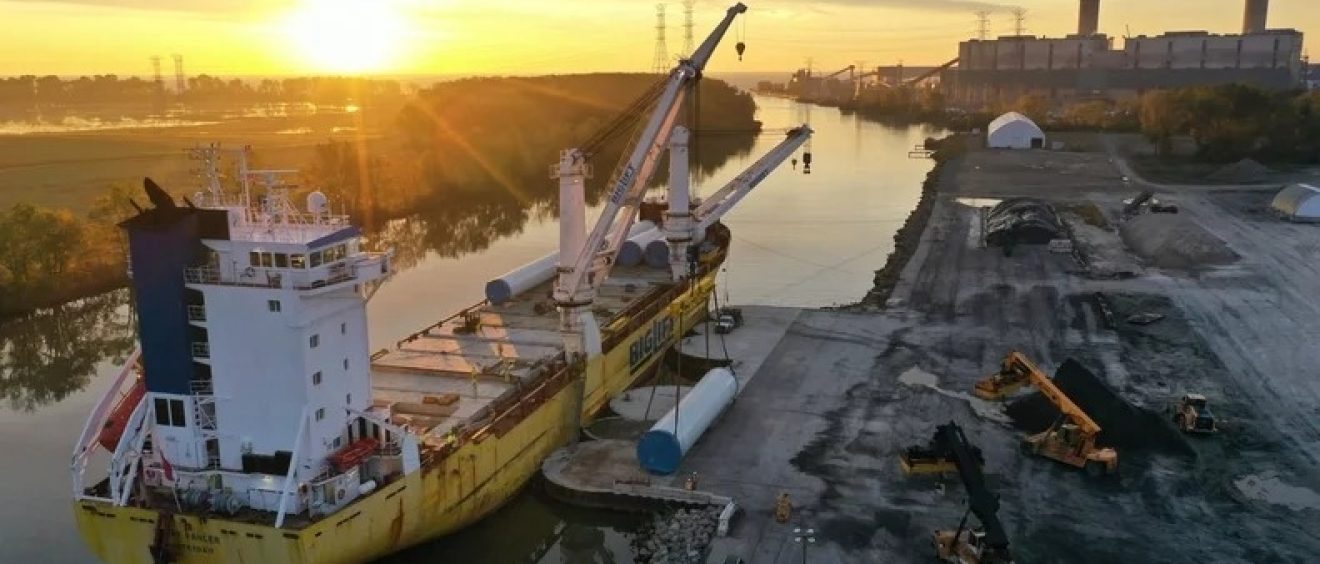American ports in the Great Lakes-St. Lawrence Seaway system record particularly noteworthy increases in project cargo as they advance the global supply chain, trading with 22 countries during the first two months of the navigation season. Year-to-date total tonnage—from the opening of the St. Lawrence Seaway on April 1, 2020 through May 31, 2020—is situated at 7.7 million metric tons (mt), down 10.2 percent compared to this time last year.
“In times like these, it is reassuring to see our ports in the Great Lakes St. Lawrence Seaway System working hard to keep the supply chain moving. The Great Lakes Seaway marine transportation system is critical infrastructure, and remains vital to keeping commerce flowing without disruption in order to support North America’s agricultural, manufacturing, construction, energy, and mining industries,” said Craig H. Middlebrook, Deputy Administrator of the U.S. Saint Lawrence Seaway Development Corporation.
Wind Energy Components Soaring at American Great Lakes Ports
With an increased focus on commodity diversification through project cargo, international shipments of wind energy components in the Great Lakes region are taking off. During the first two months of the 2020 navigation season, shiploads of wind-related components were handled across five Great Lakes states at eight American ports, including: Port of Monroe, Port of Erie, Port of Buffalo, Port of Ogdensburg, Port of Bay City, Port of Menominee, Port of Indiana-Burns Harbor and Port of Chicago.
Attracting new business through wind-related cargos and Seaway activity, both Port of Monroe and Port of Buffalo are benefiting from notable increases in shipping traffic.
“If there was a single word to describe the Port of Monroe, it would be resilient,” said Paul C. LaMarre III, Port Director, Port of Monroe. “Everything we have done puts relationships and the broader industry as a whole first. I believe, if you build the relationships, the cargo will follow it.”
Of these relationships, this navigation season brings to light a particularly impactful partnership between the Port of Monroe, Spliethoff Group’s BigLift Shipping, and Ventower Industry—one of four wind tower manufacturers in the United States—all working together to move, handle and manufacture wind towers for a General Electric project based in Michigan.
The Port of Monroe, serving the project as an advantageous congregation point for high value wind components coming by rail and vessel, now welcomes BigLift’s M/V Happy River on a nonstop shuttle delivering wind tower sections manufactured in Bécancour, Quebec every eight days.
In addition to logistical advantages due to the Port’s geographical location, BigLift’s vessels are particularly well suited for the Port of Monroe due to their size and the Port’s draft restrictions. To date, the M/V Happy River completed three voyages to Monroe—with eleven more planned—carrying forty wind tower sections per trip.
“The wind project and the tower sections are the lifeblood of our port this season,” said LaMarre. “Not only is this project impactful from the number of vessel calls, which will be the highest in our history for Seaway cargo, it’s with a partner that we’ve been in the trenches with for five years, has the majority of the Port’s laydown area being utilized, is using multiple modes of transportation, and sustaining our port workforce and partners in challenging times.”
Similarly, the Port of Buffalo is off to a strong start, filling their docks a total of thirty-two days since their navigation season began on April 12, 2020. To date, the Port of Buffalo welcomed three Seaway shipments of wind turbine components—two from Germany and one from Korea—and are expecting two more in the coming week.
“To the Port of Buffalo, handling these wind turbines means a full dock for the season. Not only are we unloading the vessels, but we’re also loading the trucks that take them to site. So, this is an opportunity to keep us busy all the way into fall,” said Patricia C. Schreiber, Port Director, Port of Buffalo.
